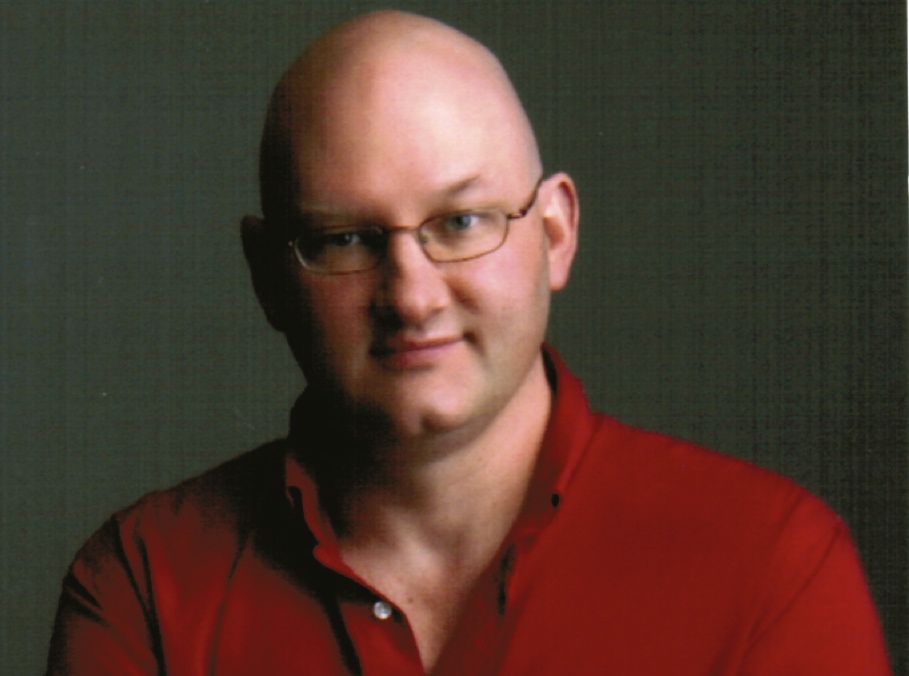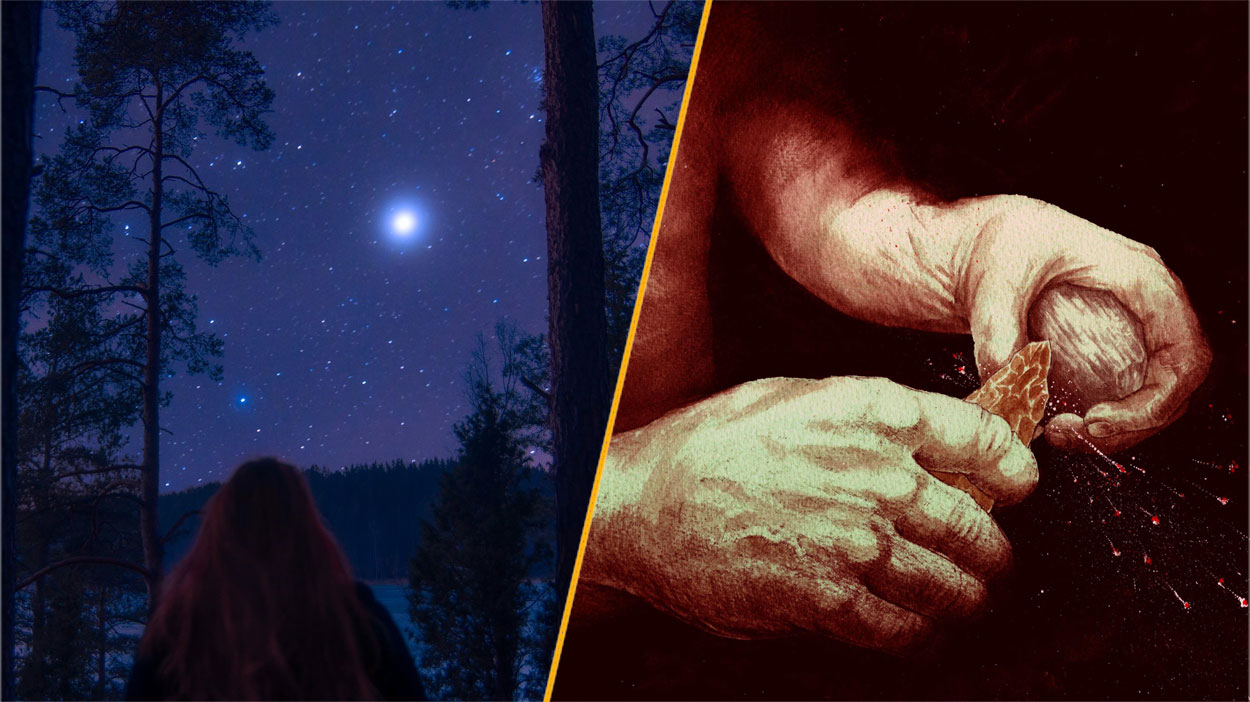Sweat Lodges Can Be Deadly But Not Cleansing
The idea that the human body can sweat out toxins is widely believed, and is in fact the basis for some businesses. Hot springs, sweat lodges, and pricey spas around the world offer "sweat wraps" and other techniques claimed to detoxify and purify the body.
Things don't always go as planned.
This week motivational speaker James Arthur Ray was charged with three counts of manslaughter for his role in a sweat lodge ceremony last fall near Sedona, Arizona.
Steam rooms and sweat lodges can be warm and relaxing — but are they cleansing? Contrary to popular belief, there is no scientific basis for the idea that people can "sweat out" toxins or impurities from the body.
What really happens
Sweating is the body's method of regulating its temperature. Because humans are warm-blooded, our bodies need a way to control excess heat (generated either internally as in a fever, or externally, as on a hot summer day). When the body gets too hot, it releases water via sweat glands, which in turn cools the skin and body through evaporation.
Organs such as the liver help the body collect and get rid of toxins, but sweat glands do not.
Get the world’s most fascinating discoveries delivered straight to your inbox.
Sweat, which is mostly water with some dissolved minerals and urea, is non-toxic, therefore the idea of "sweating out the toxins" is false. Sweating will make you cooler (and may make you stink), but won't cleanse or purify your body. Human physiology simply does not work that way.
Not only does the body not sweat out toxins, but trying to do so can harm or kill you.
Why sweat lodges can kill
The Feb. 3 manslaughter charges against James Arthur Ray, a New Age motivational speaker, stemmed from his actions during an Oct. 8, 2009 sweat lodge ceremony. He told participants — who paid over $9,000 to attend — that it would be an intense, transformational experience.
For all involved, it was life-changing; for some it was life-ending. Three people died in the sweat lodge, 18 were hospitalized, and more were sickened.
After an hour inside the small, steam-filled tent, some participants collapsed and others began vomiting. People tried to leave because they were getting sick, but Ray encouraged them to stay and endure the discomfort, which he said was a form of cleansing that would make them stronger. (The idea of walking out in the middle of a $9,000, non-refundable experience probably kept others there as well.) Eventually medical attention was provided, but for some it was too late.
A cause of death has not been determined, but it is well known that exposure to the conditions present in the sweat lodge could lead to heat stroke, dehydration, smoke inhalation, and suffocation.
The purification many seek in sweat lodges is partly physical and partly spiritual. Sweat lodges, in one form or another, have been used around the world for millennia. The sweat lodges most Americans are familiar with (and which James Arthur Ray had) were loosely modeled on those used by Native Americans. (In the wake of the Ray tragedy, many Indian groups have condemned Ray and other New Age gurus for co-opting and commercializing their sacred ceremony.)
While some may find enlightenment in the heat and steam of a steam room or sweat lodge, they won't find bodily purification — and they may find much worse.
- 7 Solid Health Tips That No Longer Apply
- 7 Medical Myths Even Doctors Believe
- Top Ten Conspiracy Theories
Benjamin Radford is managing editor of the Skeptical Inquirer science magazine. His books, films, and other projects can be found on his website. His Bad Science column appears regularly on LiveScience.



